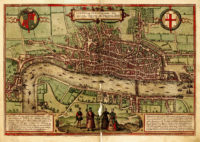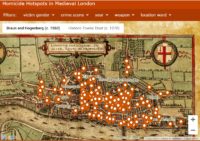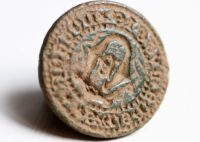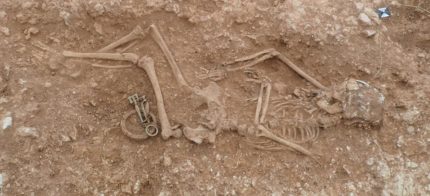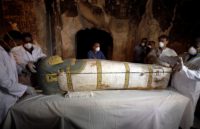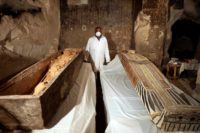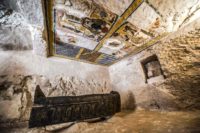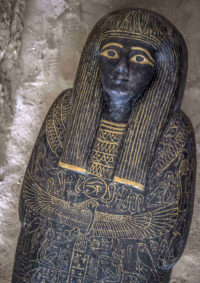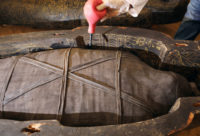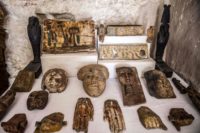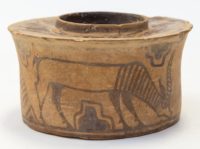 A pottery vessel bought at a garage sale for a pittance turns out to be a 4,000-year-old archaeological treasure. An avid collector of antiquities and oddities, Karl Martin bought this pot and another at a car boot sale in Willington, Derbyshire, for £4 (a whopping five bucks and a dime at the current rate of exchange). He thought it might be old, very old even, and he liked its simple line painted animal figures, but he didn’t research it further at the time. He just put it to use in his bathroom to hold his toothbrush and paste. Martin says he even got a few toothpaste smears on it and thought nothing of it.
A pottery vessel bought at a garage sale for a pittance turns out to be a 4,000-year-old archaeological treasure. An avid collector of antiquities and oddities, Karl Martin bought this pot and another at a car boot sale in Willington, Derbyshire, for £4 (a whopping five bucks and a dime at the current rate of exchange). He thought it might be old, very old even, and he liked its simple line painted animal figures, but he didn’t research it further at the time. He just put it to use in his bathroom to hold his toothbrush and paste. Martin says he even got a few toothpaste smears on it and thought nothing of it.
He didn’t follow up on his old toothbrush pot, even though his passion for antiquities had inspired him to get a job at Hansons Auctioneers two years before his bargain purchase. He was at work, in fact, when he saw line painted pottery that reminded him of his old toothbrush holder and asked Hansons’ antiquities expert James Brenchley to look at his pot. He identified it as an ancient piece of pottery made in the Indus Valley area in around 1900 B.C.
James Brenchley, head of antiquities at Hansons Auctioneers, said: “This is an Indus Valley Harappan Civilisation pottery jar dating back to 1900 BC. This was a Bronze Age civilisation mainly in the north western regions of South Asia.
“Along with Ancient Egypt and Mesopotamia, it was one of three early cradles of civilisations of the Old World, and of the three, the most widespread. The civilisation was primarily located in modern-day India and Pakistan as well as Afghanistan.”
“I do come across items like this from time to time and was familiar with the painting technique. It was probably brought back to the UK years ago by wealthy travellers.”
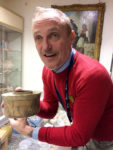 Martin decided to put up for auction at Hansons’ antiquities sale November 26th. He made a tidy profit considering his £4 investment but it was no windfall. The hammer price was £80.
Martin decided to put up for auction at Hansons’ antiquities sale November 26th. He made a tidy profit considering his £4 investment but it was no windfall. The hammer price was £80.
“Perhaps I should have held on to it. I feel a bit guilty about keeping my toothbrush in it now.”
Uh, yeah friend. Of course you should have kept it. I’ll take free and clear title to a cool ancient pot over a hundred bucks any day. Besides, you owed it a little mantelpiece display or something after all those years it suffered watching you spit into a sink.
